Inspired by the spooky gardens of the Victorian era, goth gardens are making a huge comeback. These spaces emphasize their dramatic, moody, funereal, or spooky notes, retaining an eerily beautiful look that has a timeless quality.
Although formal in structure, they are much more relaxed than traditional formal gardens, with a lived-in look that makes them wonderfully low maintenance. It’s easy to join in on this trend; keep it simple or go all out with these 11 ideas.
Plants We Love:
Sweet Pea
Beaujolais Sweet Pea Seeds
Bachelor’s Button
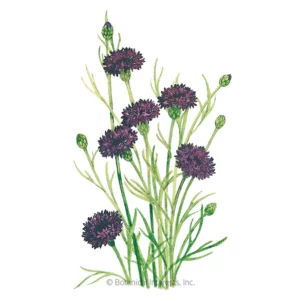
Black Magic Bachelor’s Button Seeds
Hollyhock
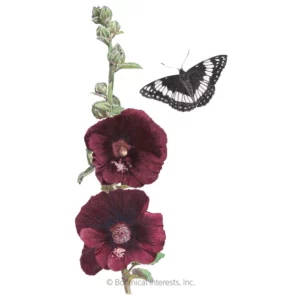
The Watchman Hollyhock Seeds
Amaranth
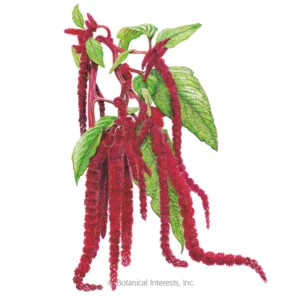
Love-Lies-Bleeding Amaranth Seeds
Chilaca Chile Pepper
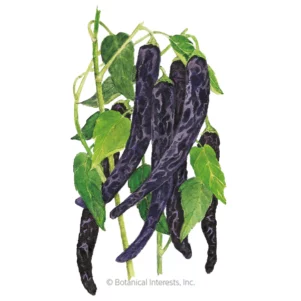
Pasilla Bajio Chilaca Chile Pepper Seeds
Pumpkin
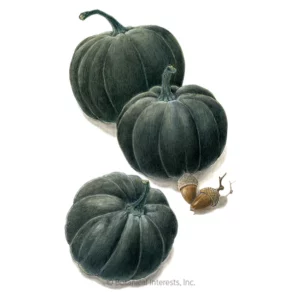
Dark Flowers
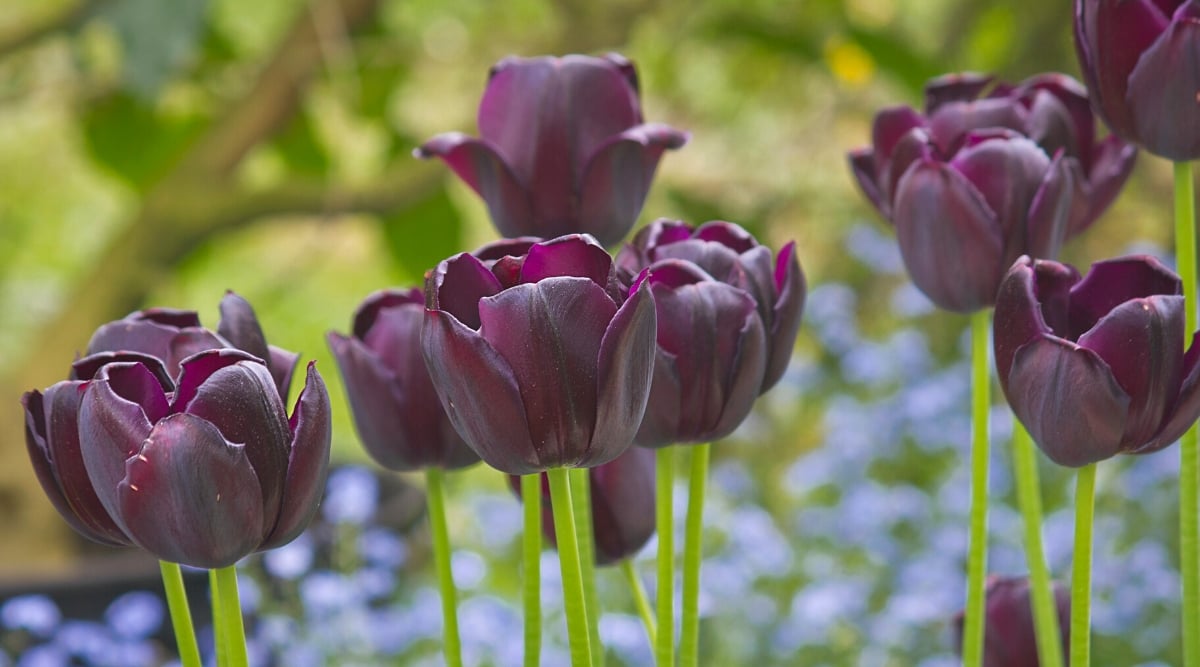
The main attraction in a goth garden is, of course, the plants. Whether transforming a small part of your garden or the entire space, plant choice will make the most impact. And in moody gardens, dark or almost-black flowers are an absolute must-have.
Black is a rare color to find in the garden, but that’s what makes it so captivating. Thanks to growers’ expertise, there are near-black cultivars of many garden favorites, including petunias, irises, and tulips. While they may not be jet black or a “true” black color, these “black” plants are so deep in tone that they are almost black, hence their name. They can stand out in mixed beds or containers to bring a touch of drama and intrigue when in flower.
Mix in a few dark-petaled plants in other shades, like burgundy, deep purple, or dark blue, to add variety. The ‘Beaujolais’ sweet pea, ‘Black Magic’ bachelor’s buttons, and ‘The Watchman’ hollyhock also bring the drama in color, while deep red Amaranth adds gothic interest in shape too.
Spooky Plants
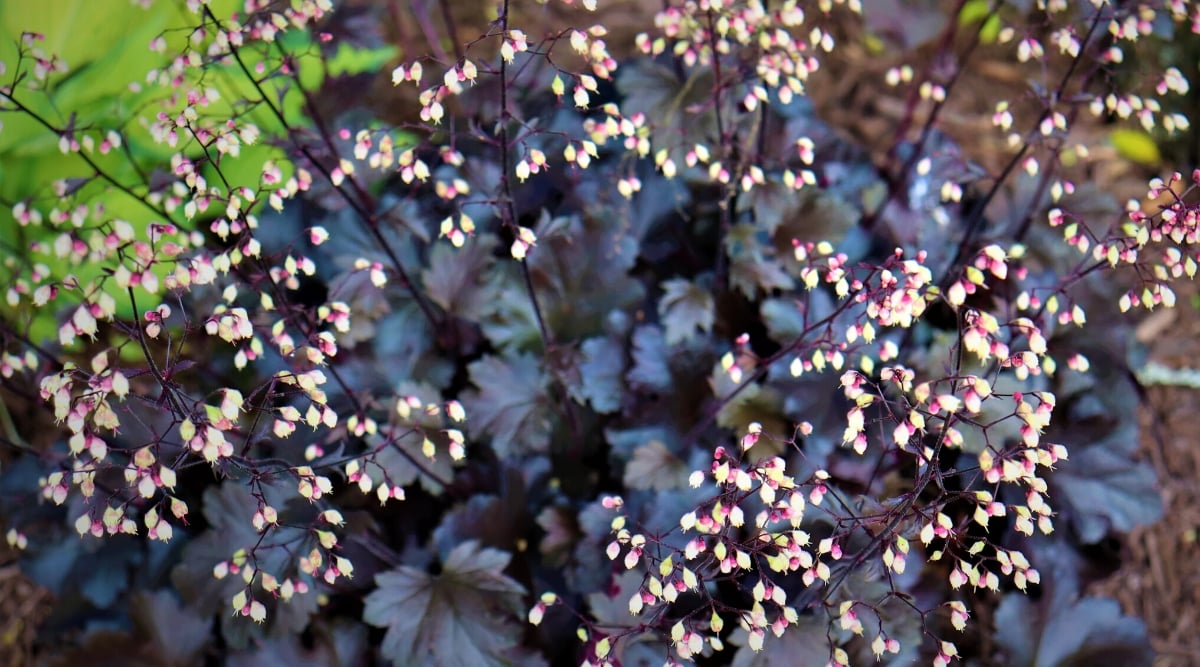
Although stark, ominous flowers are important, you still want your goth garden to have a spooky feel when the plants are not in bloom. To facilitate this, you need foliage plants to fill the gaps for year-round dramatic color.
Luckily, there is no shortage of plants to choose from. Foliage favorites like coral bells, coleus, and sweet potato vine are available in a range of dark and spooky colors like black, dark purple, and deep green. They often feature contrasting colored flowers, but the leaves are the real focus of these plants.
For something a little more unique, black succulents like the ‘Zwartkop’ aeonium are great for containers. Unusually-shaped succulents like the famous brain cactus or lithops may be small but have a big impact on patio or balcony gardens.
If you don’t have any outdoor space, you can also grow a spooky garden indoors with plants like the ‘Raven’ ZZ plant, ‘Black Velvet’ alocasia, or ‘Black Prince’ echeveria.
Incorporate Edibles
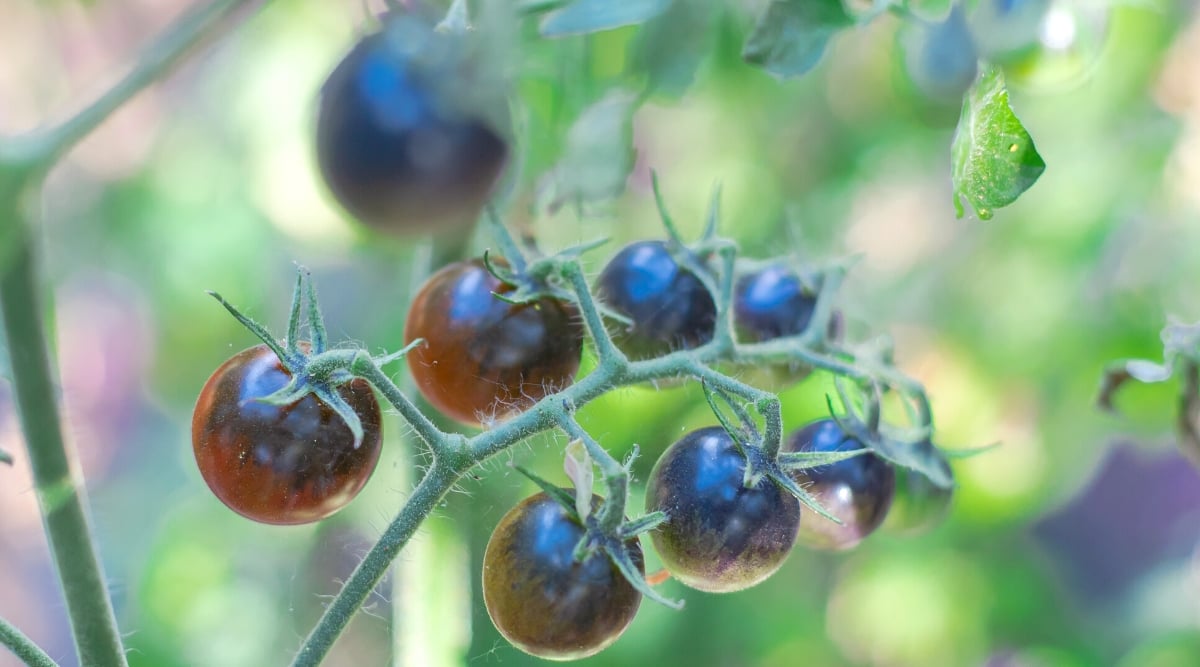
Your goth garden doesn’t have to be separate from your edible garden. Incorporating edibles is a great way to make the most of your backyard space while retaining this uncanny aesthetic. Plus, many of the available varieties have dark and dramatic colors that can be useful in the kitchen, too, all thanks to their anthocyanins that bring that depth of color:
- Indigo Rose Pole Cherry Tomato
- Truchas Mini-Romaine Lettuce
- Dazzling Blue Kale
- Black Kat Pumpkin
- Round Black Spanish Radish
- Pasilla Bajio Chilaca Chile Pepper
Dramatic Planters
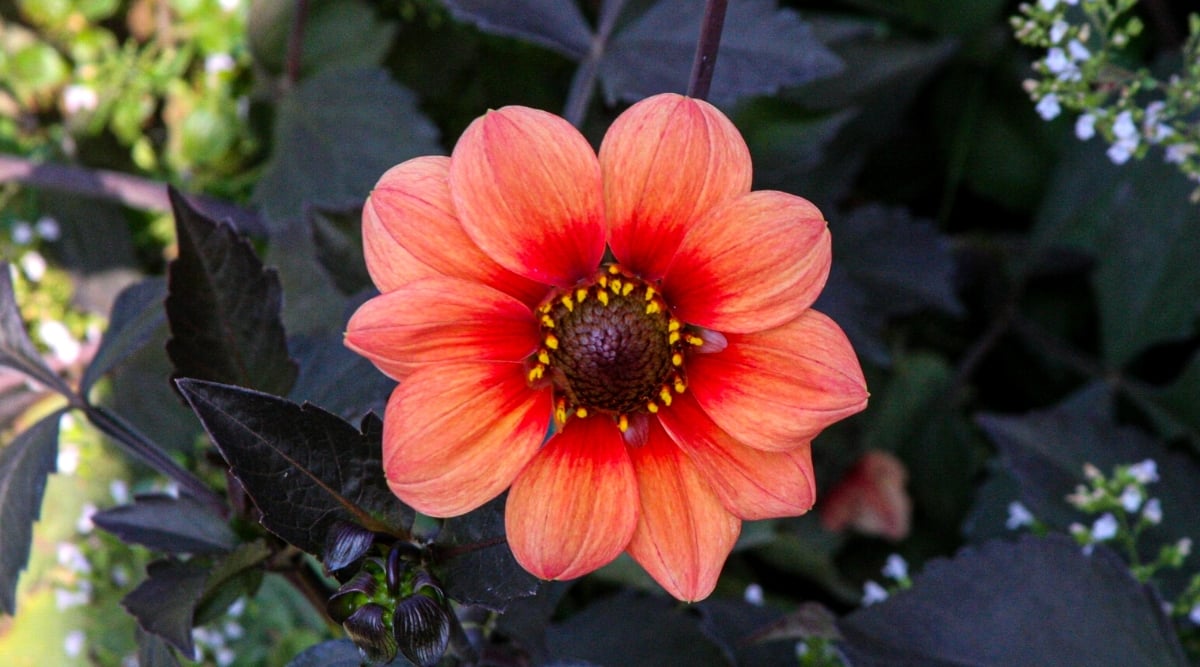
Dark-hued gardens were popular in the Victorian era, and many elements of modern dramatic gardens feature elements from this period with a 21st-century twist. One easy way to bring an instant goth feel to any garden area is with a dramatic vintage planter filled with plants of the right distinctive character.
Tall decorative urns are the containers to look out for in both shape and height. They can be used to frame entrances to different garden areas or placed near your front door for a moody welcome. You can also situate them amongst beds as a central feature.
Since a Victorian look is what you’re after, worn-out second-hand planters are ideal. Thrifted pots are a great way to save money, especially on heavy, pricey containers like tall urns. A simple clean is usually all the containers need to look good again.
When you’ve found the perfect pots, fill them with a few of the plants mentioned before. Don’t forget to adopt the container design mantra ‘thriller, filler, spiller’ – with a focus on the ‘spiller’ plants to emphasize the spooky look.
Painted Pots
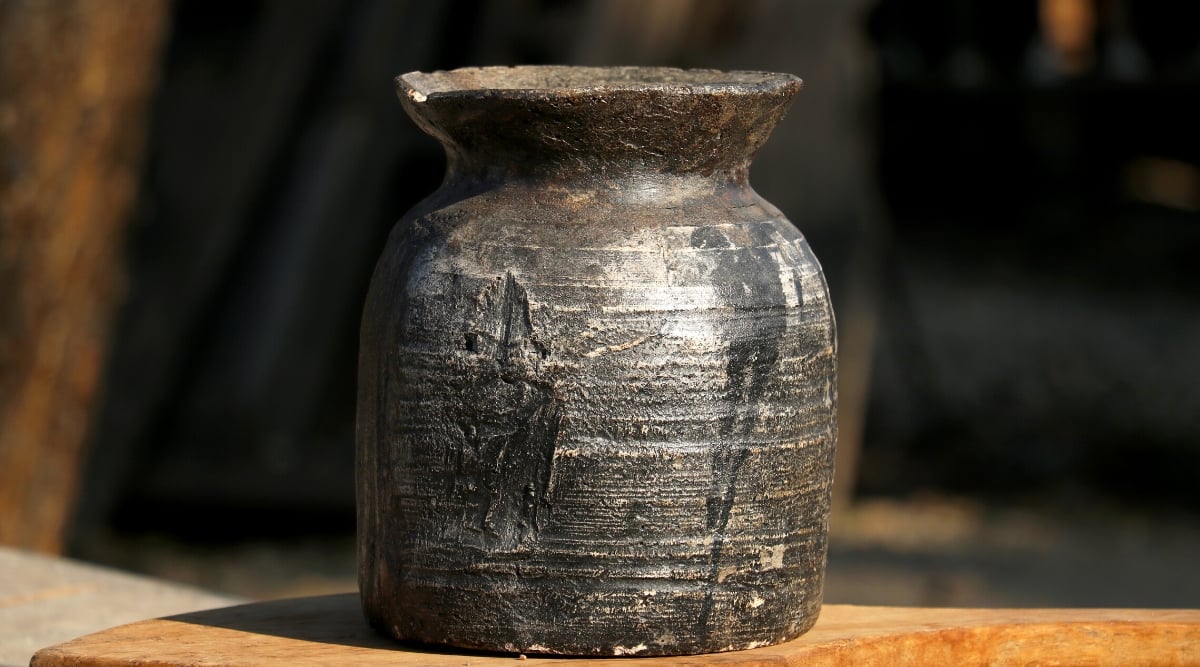
If you don’t want to spend extra money, you can also use what you already have (plus a little paint). Turn your container garden into a goth garden instantly by painting your pots with spooky dark colors or adding eerie highlights.
The kind of paint you choose may depend on the pots you’re working with, the finish you’re looking for, and whether you want to grow edible plants in the containers. If your containers are outdoors and exposed to the elements, you must also keep that in mind when choosing paints.
I find outdoor spray paint the easiest to work with for an even finish, but if you want to paint decorative patterns, it’s best to use acrylic-based outdoor paint. To make your paint last longer, prime the pots carefully and seal them afterward to withstand harsh garden conditions.
Color does have an impact on how quickly soil heats up. If you live in a climate with harsh sun and warm temperatures, you may want to reserve the dark paints for pots in the shade to stop the soil from drying out too quickly and burning the plant’s roots.
Want to insinuate a cathedral’s stained glass elements? Consider doing a little mosaic with exterior tile or glass on the outside of pots, pulling in similar tones and highlights as you might see in Gothic architecture. Use arched patterns to further heighten the ties to old, musty churches or long-abandoned tombs. Stone elements in the garden further cement the spectral sensation.
Add Lighting
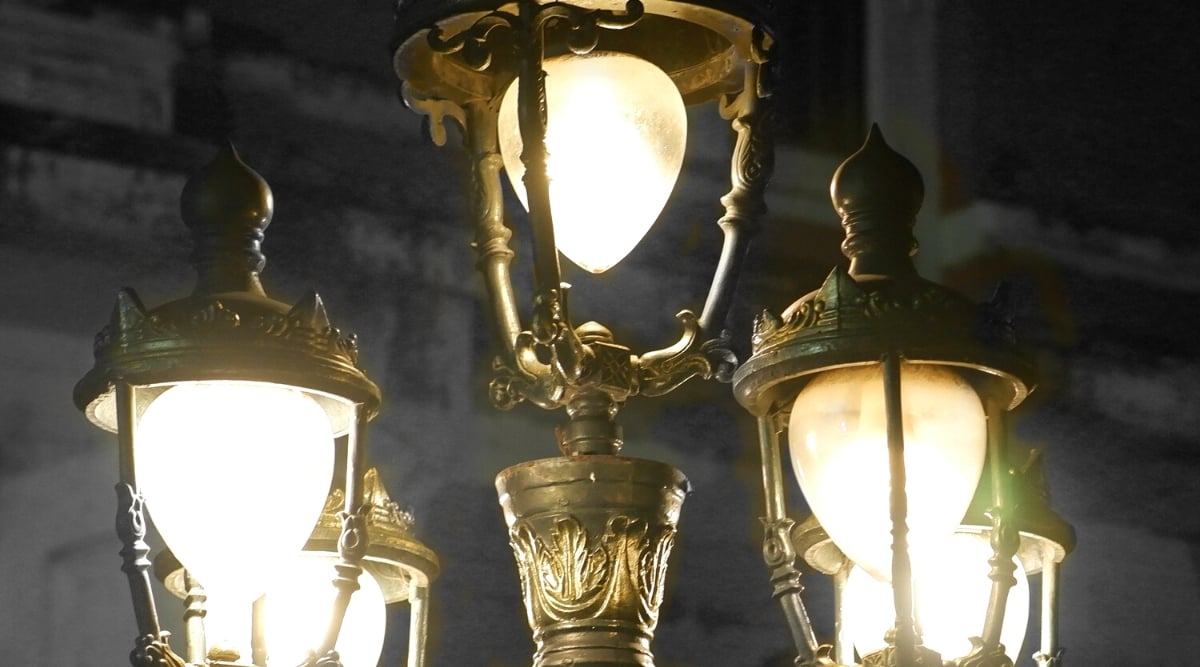
Lighting is often overlooked in gardens, but it’s a crucial part of goth garden design, especially if you plan on enjoying your space at night. Garden lighting not only improves visibility as the sun goes down but can also be used to create a spooky ambiance.
If you have large trees in your backyard, bring a sense of drama with low lighting facing upwards. This will highlight the taller features and create branched shadows to increase the spooky feel. You can also hang lanterns from trees or awnings for dimmer, moody lights.
The ultimate accessory is a Victorian-style lamp post, either free-standing or attached to your garden wall. They may be pricier than other garden lighting – especially ones with elaborate designs – but the ornamental value they add is undeniable.
Think About Sound
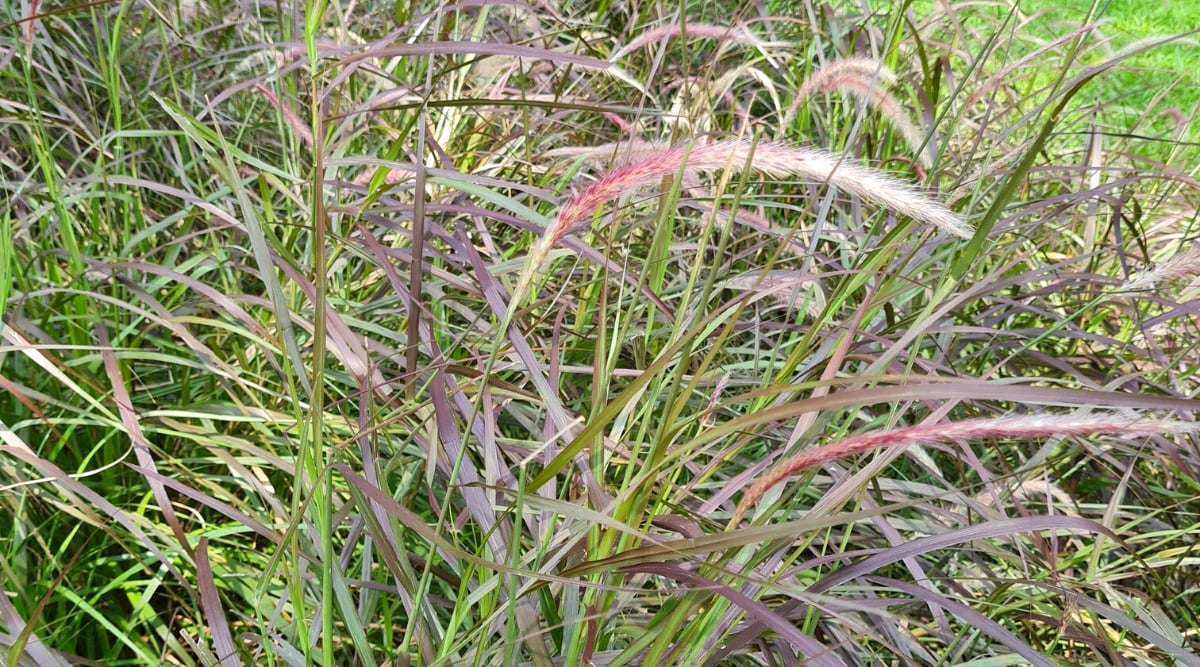
Any fan of horror movies will know how important sound is in creating a spooky atmosphere. Sound isn’t a sense we often focus on in the garden, but it’s an easy way to create a moody but calming space to enjoy year-round.
Take advantage of windy areas in your garden with wispy leaves and grasses that rustle in the breeze. Perennials with long-lasting seed pods are great choices for a gentle rattling sound as they move together.
Water features and wind chimes with a Victorian feel are ideal audible elements and can also be used to drown out traffic noises to make your space feel more secluded. As a bonus, water features and bird baths will attract wildlife that brings a buzz of life to your garden.
Dark Ponds and Pools

Another useful item to consider is dark reflection ponds or black swimming pools. These features are pricey investments but make a big statement in the garden.
The color is not the only benefit either. Black ponds and pools have a mirror-like finish, creating a contemporary and moody atmosphere. Darker colors also warm the water faster during the day, which is ideal for swimming pools. They’re a great way to combine minimalist and goth garden design.
Classic Furniture
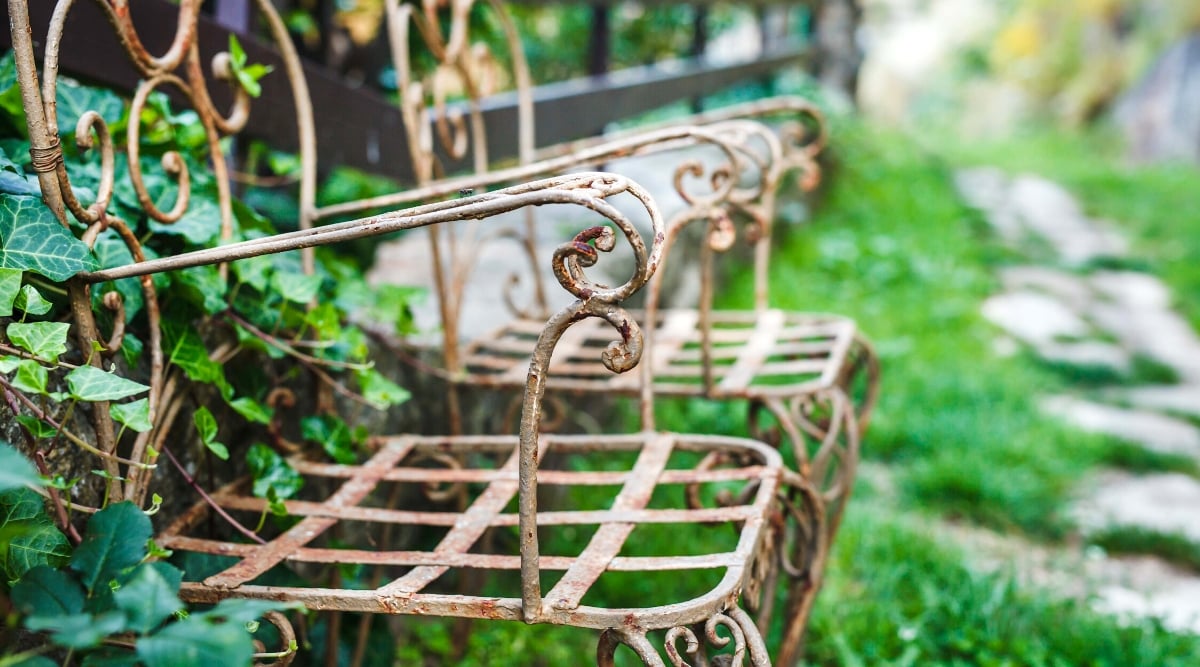
When you’ve put so much effort into your garden, you should prioritize places to sit and enjoy the fruits of your labors. Whether adding a simple bench or a full dining set, furniture is an opportunity to add to your goth garden design.
Metal outdoor furniture is the go-to for a goth look. Think wrought iron chairs or filigreed garden benches for something simple, or elaborate arches or gazebos if you want to go all out. Dramatic patterns usually have more of a distinctive feel – think of Gothic architecture for inspiration.
Don’t hesitate to include things that show signs of age or wear, as this can heighten the sensation that this place is living in an uncanny, forgotten realm, even if you’re there daily. A few stone benches can bring a touch of the cemetery into your little sanctuary, too!
Victorian Statues
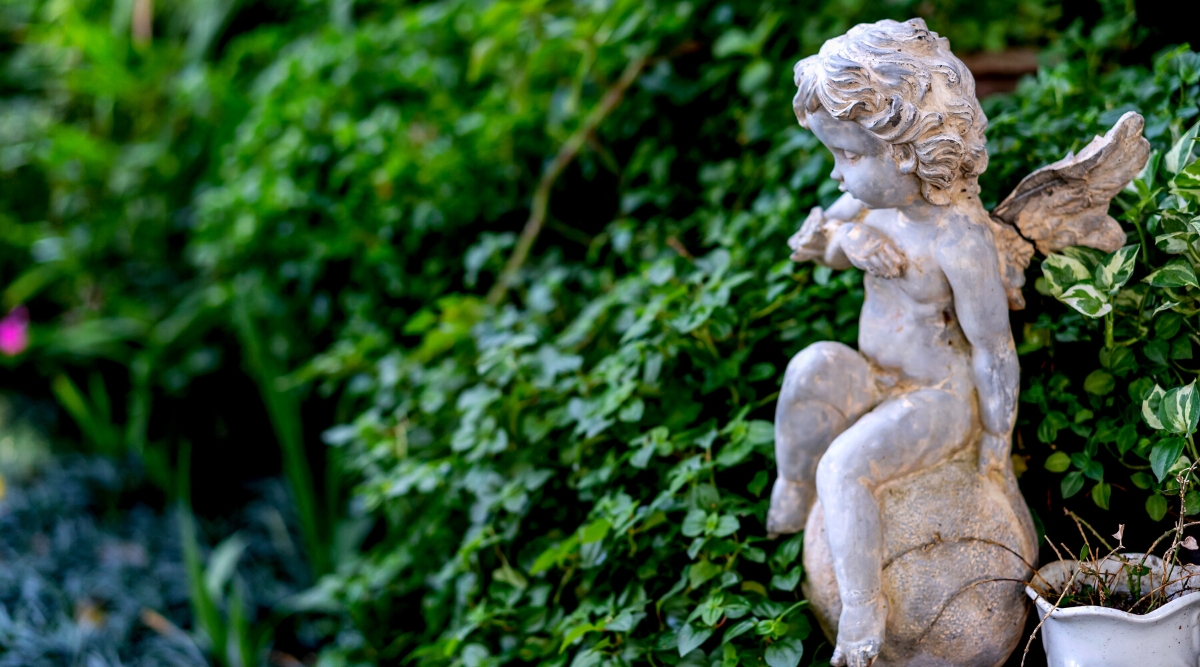
An immersive garden of the macabre is incomplete without a few unearthly statues to add formal and dramatic decoration. Statues are popular in several garden design styles but have even more impact when combined with other Gothic design elements.
Your choice of statue will come down to personal preference, but any Victorian-inspired statues work well. For an extra-spooky element, I like the look of garden gargoyles, especially around entrances. Since statues are typically large features, make sure they fit well with the façade of your home and the surrounding garden.
Encourage Bats
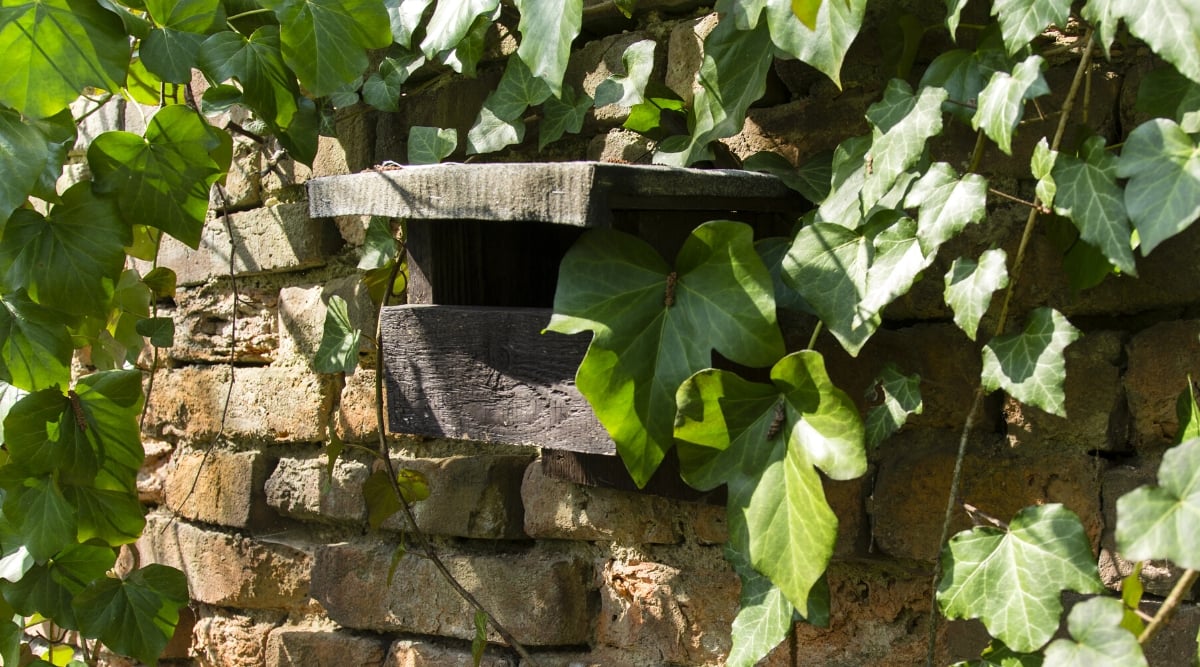
Bats are associated with terrors of the night or vampirism, but they are nothing to be afraid of! In fact, bats are beneficial, controlling pests and pollinating some species of flowers when the sun goes down. Unfortunately, many bat species are threatened or endangered, so your goth garden is the perfect opportunity to help them.
There are several ways to attract bats to your garden, from installing bat boxes to planting night-blooming species. Implement a few of these in your goth garden to bring some activity once the sun goes down and benefit your plants and the bats alike.
Final Thoughts
If you want to join in on the goth garden trend, adopt some elements to transform your space, regardless of size. A few subtle shifts can create an ominous or foreboding tone or inspire more of a contemplative sense of the macabre. Don’t forget the accents and mood lighting that will bring the dark tones into your dramatic landscape!




